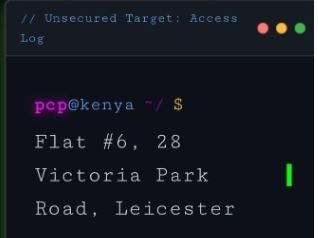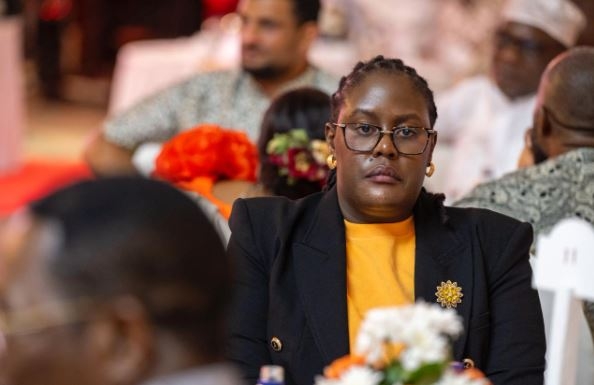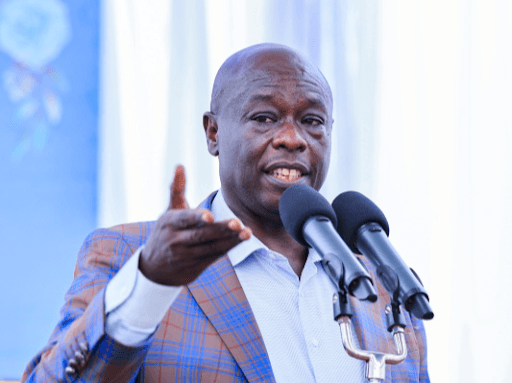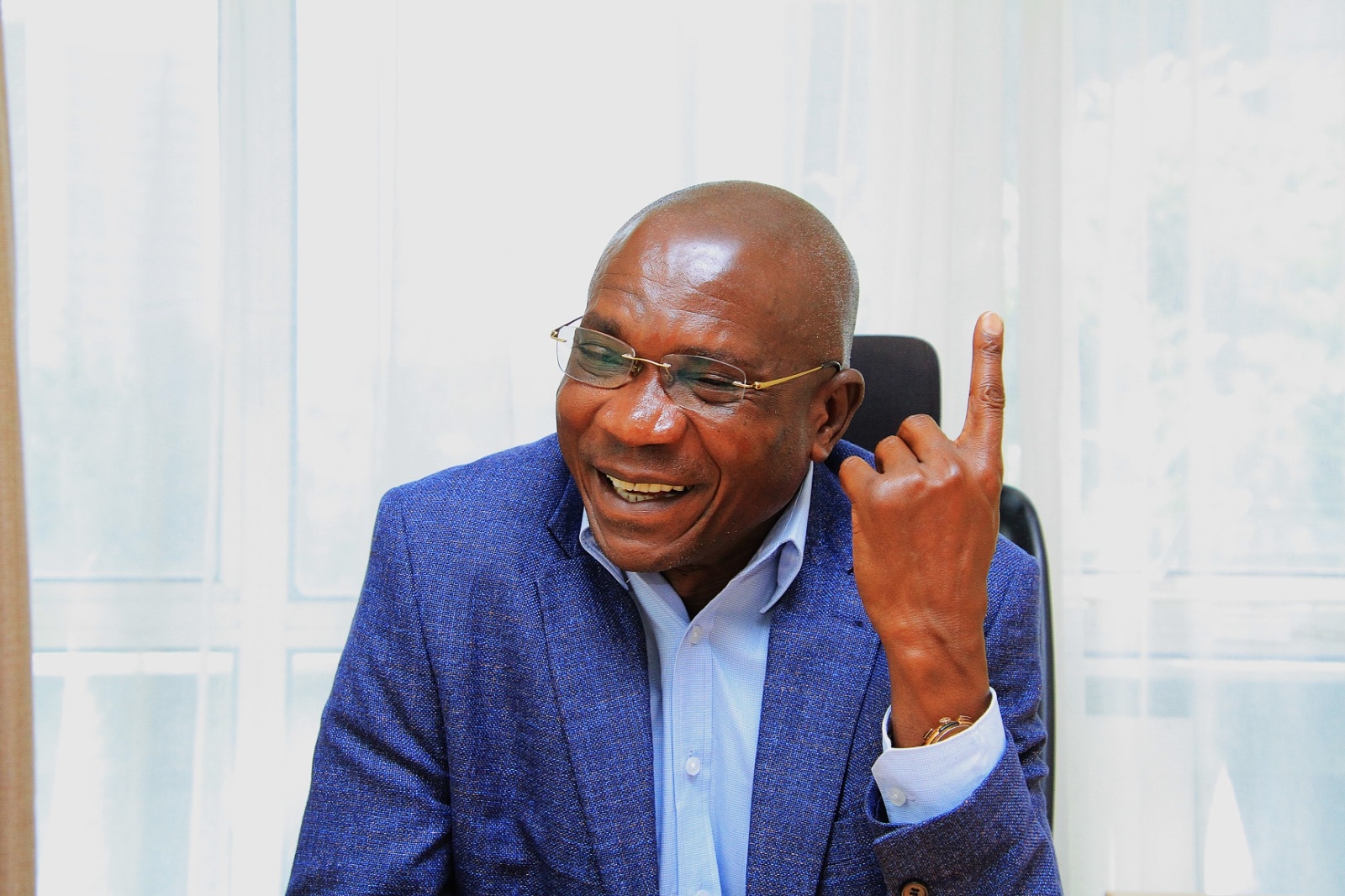The United States Agency for International Development (USAID) plans to improve the climate resilience measures for 500 million people in different parts of the world to enable adapt to the harsh effects of global warming.
Resilience and Climate Adaptation Advisor at USAID’s Center for Resilience, Laurie Ashley, said the organization’s climate strategy for 2022-2030 has six targets reflecting the importance of the climate change situation.
The targets include adaptation, mitigation, climate financing, country support, natural and managed ecosystems, and critical population.
Laurie noted that the new climate change strategy 2022-2030 aimed at sustaining the gains already made in building resilience in the face of climate change-related shocks and stresses.
Achieving these targets will require a holistic approach, with every USAID sector, mission, and program playing a role in more resilient systems in different sectors such as agriculture, energy, governance, infrastructure, and health.
Speaking during the 3rd Horn of Africa Resilience Network (Horn) learning event that was held both virtually and with a physical audience in Nairobi, Laurie noted that the locally led and equitable approaches would significantly increase the agency’s ability to address current and evolving climate risks.
The Horn focuses on building resilience in areas with recurrent crisis in the dry lands and serves as a coordination platform across Ethiopia, Kenya, South Sudan, Uganda, the Democratic Republic of Congo, and Somalia.
Its objective is to strengthen regional and cross-border collaboration and improve evidence-based learning further to inform regional, country, and USAID interventions.
“Previous strategies were technically sound but sometimes missed the opportunity to address the profound social impacts of climate change. However, the new strategy elevates equity and locally led solutions as core principles,” she added.
She emphasized that USAID would support its partners to achieve systemic changes that increase meaningful participation and active leadership in climate action for Indigenous Peoples, local communities, women, youth, and other marginalized or underrepresented groups in at least 40 partner countries.
She observed that other factors, including urbanization, population growth and political issues had heightened the effects of climate change in recent times.
Most speakers at the meeting echoed the ravaging drought conditions, which were said to be more prolonged and severe, coupled with unpredictable weather patterns.
USAID Kenya and East Africa Deputy Mission Director Sheila Roquette said climate shocks and other stresses know no boundaries, citing the ongoing drought, recent locust invasion in Kenya, the Corona Virus, Ebola, and others across the Horn region.
She reiterated the need to ensure resilience while strengthening capacities, establishing early warning systems and interventions, documenting best practices, and sharing them for up-scaling.
“The 3rd HoRN learning event is important considering the significant number of concurrent shocks the region is grappling with including the current drought which is the worst in 40 years,” she said.
Roquitte emphasized that USAID would support actions that fostered collaboration and use risk-informed and shock-responsive approaches to strengthen and leverage social and natural capital, women, and youth empowerment.
She added that the agency would continue providing the necessary leadership to foster collaboration, learning, and adaptation and strengthen capacity for adoption.
Held annually for the last three years, the HoRN learning event draws attention from governments, the private sector, development agencies, research, and academia, among other stakeholders.
Its objectives include assessing experiences, sharing best practices and learnings from across the region on catalyzing pathways to sustainability, and setting priorities for action by different actors across the Horn of Africa region.
It also seeks to identify knowledge and action gaps in research, policy, and programming that must be scaled up to build resilience successfully.
Further, the event seeks to establish critical approaches and tools to build resilience to shocks and stresses in conflict-affected zones.
















